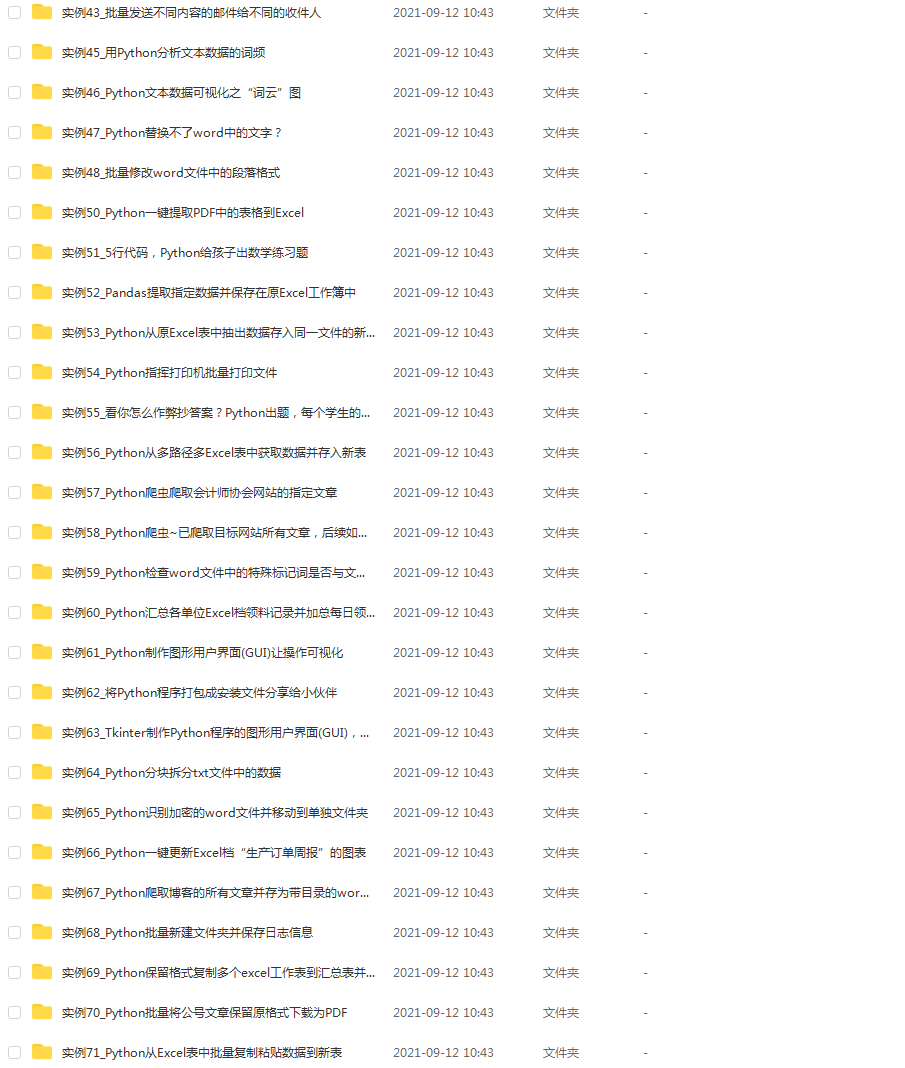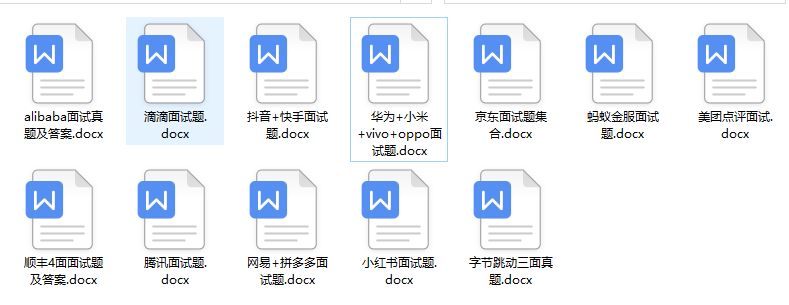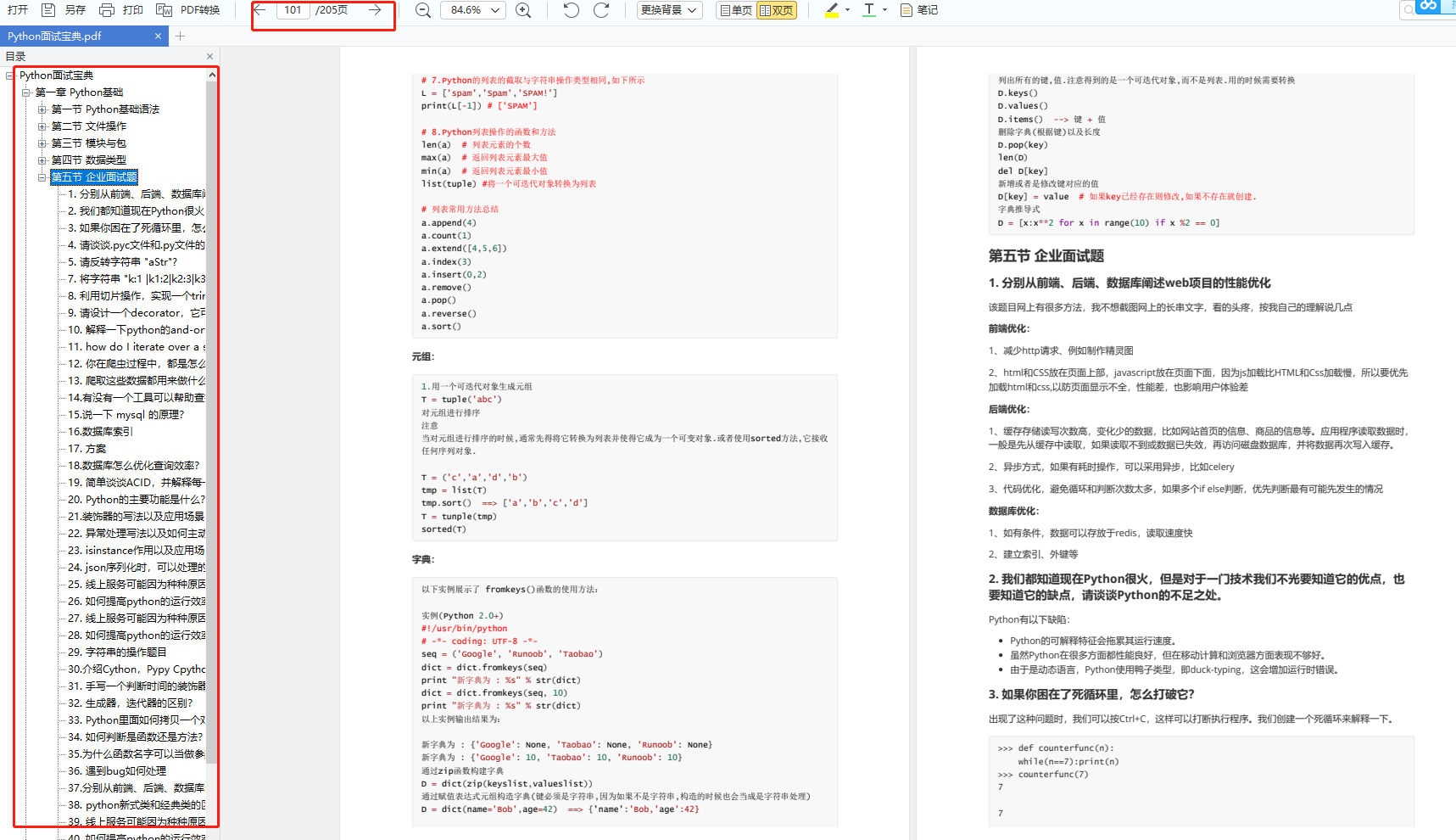Python基础:Python的数据结构
简介
不管是做科学计算还是编写应用程序,都需要使用到一些基本的数据结构,比如列表,元组,字典等。
本文将会详细讲解Python中的这些基础数据结构。
列表
列表也就是list,可以用方括号来表示:
In [40]: ages = [ 10, 14, 18, 20 ,25]
In [41]: ages
Out[41]: [10, 14, 18, 20, 25]
list有一些非常有用的方法,比如append,extend,insert,remove,pop,index,count,sort,reverse,copy等。
举个例子:
>>> fruits = ['orange', 'apple', 'pear', 'banana', 'kiwi', 'apple', 'banana']
>>> fruits.count('apple')
2
>>> fruits.count('tangerine')
0
>>> fruits.index('banana')
3
>>> fruits.index('banana', 4) # Find next banana starting a position 4
6
>>> fruits.reverse()
>>> fruits
['banana', 'apple', 'kiwi', 'banana', 'pear', 'apple', 'orange']
>>> fruits.append('grape')
>>> fruits
['banana', 'apple', 'kiwi', 'banana', 'pear', 'apple', 'orange', 'grape']
>>> fruits.sort()
>>> fruits
['apple', 'apple', 'banana', 'banana', 'grape', 'kiwi', 'orange', 'pear']
>>> fruits.pop()
'pear'
列表作为栈使用
栈的特点是后进先出,而列表为我们提供了append和pop方法,所以使用列表来实现栈是非常简单的:
>>> stack = [3, 4, 5]
>>> stack.append(6)
>>> stack.append(7)
>>> stack
[3, 4, 5, 6, 7]
>>> stack.pop()
7
>>> stack
[3, 4, 5, 6]
>>> stack.pop()
6
>>> stack.pop()
5
>>> stack
[3, 4]
列表作为队列使用
队列的特点是先进先出,但是使用列表在队列头部插入元素是很慢的,因为需要移动所有的元素。
我们可以使用 collections.deque 来快速的从两端操作:
>>> from collections import deque
>>> queue = deque(["Eric", "John", "Michael"])
>>> queue.append("Terry") # Terry arrives
>>> queue.append("Graham") # Graham arrives
>>> queue.popleft() # The first to arrive now leaves
'Eric'
>>> queue.popleft() # The second to arrive now leaves
'John'
>>> queue # Remaining queue in order of arrival
deque(['Michael', 'Terry', 'Graham'])
列表推导式
要创建列表,通常的做法是使用for循环,来遍历列表,并为其设置值:
>>> squares = []
>>> for x in range(10):
... squares.append(x**2)
...
>>> squares
[0, 1, 4, 9, 16, 25, 36, 49, 64, 81]
或者我们可以使用列表推导式来更加简洁的生成列表:
squares = [x**2 for x in range(10)]
列表推导式的结构是由一对方括号所包含的以下内容:一个表达式,后面跟一个 for 子句,然后是零个或多个 for 或 if 子句。
列表推导式将会遍历for字句中的元素,并且使用表达式来求值,将生成的元素作为新的列表元素返回。
看一个复杂点的:
>>> [(x, y) for x in [1,2,3] for y in [3,1,4] if x != y]
[(1, 3), (1, 4), (2, 3), (2, 1), (2, 4), (3, 1), (3, 4)]
上面的表达式等价于:
>>> combs = []
>>> for x in [1,2,3]:
... for y in [3,1,4]:
... if x != y:
... combs.append((x, y))
...
>>> combs
[(1, 3), (1, 4), (2, 3), (2, 1), (2, 4), (3, 1), (3, 4)]
列表推导式还可以嵌套,假如我们有一个矩阵:
>>> matrix = [
... [1, 2, 3, 4],
... [5, 6, 7, 8],
... [9, 10, 11, 12],
... ]
可以使用下面的表达式将矩阵进行行列交换:
>>> [[row[i] for row in matrix] for i in range(4)]
[[1, 5, 9], [2, 6, 10], [3, 7, 11], [4, 8, 12]]
或者使用更加简单的zip函数:
>>> list(zip(*matrix))
[(1, 5, 9), (2, 6, 10), (3, 7, 11), (4, 8, 12)]
del
删除列表中的某个元素可以使用del。del可以删除列表中的某个特定的值,也可以删除切片,甚至删除整个列表:
>>> a = [-1, 1, 66.25, 333, 333, 1234.5]
>>> del a[0]
>>> a
[1, 66.25, 333, 333, 1234.5]
>>> del a[2:4]
>>> a
[1, 66.25, 1234.5]
>>> del a[:]
>>> a
[]
>>> del a
元组
元组跟列表很类似,不同的是元组是不可变的。
元组是以小括号来表示的,或者可以不使用括号。
>>> t = 12345, 54321, 'hello!'
>>> t[0]
12345
>>> t
(12345, 54321, 'hello!')
>>> # Tuples may be nested:
... u = t, (1, 2, 3, 4, 5)
>>> u
((12345, 54321, 'hello!'), (1, 2, 3, 4, 5))
元组和List的操作很类似,都有切片和索引操作。
元组可以方便的进行解包:
>>> x, y, z = t
集合
集合使用set函数或者花括号来表示的。
集合中的元素是不重复的,这个一点和java中的set很类似。
因为字典的表示也是花括号,所以如果你需要创建一个空集合的话,需要使用set,因为空的 {} 表示的是字典。
看一些集合的简单例子:
>>> basket = {'apple', 'orange', 'apple', 'pear', 'orange', 'banana'}
>>> print(basket) # show that duplicates have been removed
{'orange', 'banana', 'pear', 'apple'}
>>> 'orange' in basket # fast membership testing
True
>>> 'crabgrass' in basket
False
>>> # Demonstrate set operations on unique letters from two words
...
>>> a = set('abracadabra')
>>> b = set('alacazam')
>>> a # unique letters in a
{'a', 'r', 'b', 'c', 'd'}
>>> a - b # letters in a but not in b
{'r', 'd', 'b'}
>>> a | b # letters in a or b or both
{'a', 'c', 'r', 'd', 'b', 'm', 'z', 'l'}
>>> a & b # letters in both a and b
{'a', 'c'}
>>> a ^ b # letters in a or b but not both
{'r', 'd', 'b', 'm', 'z', 'l'}
和列表一样,集合也支持推导式:
>>> a = {x for x in 'abracadabra' if x not in 'abc'}
>>> a
{'r', 'd'}
字典
字典也是用花括号来表示的,不同的是字典中的元素是以 key:value的形式呈现的。
下面是字典的一些基本操作:
>>> tel = {'jack': 4098, 'sape': 4139}
>>> tel['guido'] = 4127
>>> tel
{'jack': 4098, 'sape': 4139, 'guido': 4127}
>>> tel['jack']
4098
>>> del tel['sape']
>>> tel['irv'] = 4127
>>> tel
{'jack': 4098, 'guido': 4127, 'irv': 4127}
>>> list(tel)
['jack', 'guido', 'irv']
>>> sorted(tel)
['guido', 'irv', 'jack']
>>> 'guido' in tel
True
>>> 'jack' not in tel
False
除了花括号,还可以使用dict函数来构建字典:
>>> dict([('sape', 4139), ('guido', 4127), ('jack', 4098)])
{'sape': 4139, 'guido': 4127, 'jack': 4098}
如果关键字是简单的字符的话,可以直接这样写:
>>> dict(sape=4139, guido=4127, jack=4098)
{'sape': 4139, 'guido': 4127, 'jack': 4098}
同样的推导式也可以使用:
>>> {x: x**2 for x in (2, 4, 6)}
{2: 4, 4: 16, 6: 36}
循环
我们一般使用for语句来遍历集合或者字典,list等。
当我们遍历字典的时候,可以使用items()方法来同时获取到key和value:
>>> knights = {'gallahad': 'the pure', 'robin': 'the brave'}
>>> for k, v in knights.items():
... print(k, v)
...
gallahad the pure
robin the brave
如果是列表,那么可以使用enumerate 函数来获取到index和value:
>>> for i, v in enumerate(['tic', 'tac', 'toe']):
... print(i, v)
...
0 tic
1 tac
2 toe
之前我们还使用了zip函数,zip函数可以将多个序列中的元素一一匹配:
>>> questions = ['name', 'quest', 'favorite color']
>>> answers = ['lancelot', 'the holy grail', 'blue']
>>> for q, a in zip(questions, answers):
... print('What is your {0}? It is {1}.'.format(q, a))
...
What is your name? It is lancelot.
What is your quest? It is the holy grail.
What is your favorite color? It is blue.
最后给大家分享一份全套的 Python 学习资料,给那些想学习 Python 的小伙伴们一点帮助!
一、Python所有方向的学习路线
Python所有方向路线就是把Python常用的技术点做整理,形成各个领域的知识点汇总,它的用处就在于,你可以按照上面的知识点去找对应的学习资源,保证自己学得较为全面。

二、学习软件
工欲善其事必先利其器。学习Python常用的开发软件都在这里了,给大家节省了很多时间。

三、全套PDF教程

四、入门学习视频
我们在看视频学习的时候,不能光动眼动脑不动手,比较科学的学习方法是在理解之后运用它们,这时候练手项目就很适合了。

五、实战案例
光学理论是没用的,要学会跟着一起敲,要动手实操,才能将自己的所学运用到实际当中去,这时候可以搞点实战案例来学习。

六、面试资料
我们学习Python必然是为了找到高薪的工作,下面这些面试题是来自阿里、腾讯、字节等一线互联网大厂最新的面试资料,并且有阿里大佬给出了权威的解答,刷完这一套面试资料相信大家都能找到满意的工作。


这份完整版的Python全套学习资料已经上传CSDN,朋友们如果需要可以微信扫描下方CSDN官方认证二维码免费领取【保证100%免费】

相关文章
- python求逆矩阵的方法,Python 如何求矩阵的逆「建议收藏」
- python 四大基础数据结构及操作
- Python学习笔记:几种排序算法
- python中矩阵的转置怎么写_Python 矩阵转置的几种方法小结
- Python 从底层结构聊 Beautiful Soup 4(内置豆瓣最新电影排行榜爬取案例)!
- 【敬初学者】Python基础学完了,该怎么知道自己学的怎么样呢?十个经典实战小项目附源码
- python可变类型有哪些_python可变数据类型有哪些
- python安装不了whl文件_Python安装whl文件过程图解
- Python入门系列(十一)一篇搞定python操作MySQL数据库
- Python数据分析-数据加载、存储与文件格式
- python 函数def
- python基础系列教程——Python的安装与测试:python解释器、PyDev编辑器、pycharm编译器
- python基础(3)列表list
- 【说站】python Task如何在协程调用
- Python实现自动回复_python 微信机器人
- 基于产生式规则的动物识别系统(Python)
- Python基础知识点总结[通俗易懂]
- Python win32api_python api文档
- Python基础-5 常用的数据结构
- Python基础-5 常用的数据结构(集合、字典)
- 软件测试|Python基础之包的使用和软件开发目录规范及常用内置模块
- 【python】如何用python写一个下拉选择框和页签?
- python 基础面试题
- Python电子邮件——学习笔记详解编程语言
- Python学习笔记之二浅谈Python的yield用法详解编程语言
- 小白的Python之路 day4 生成器并行运算详解编程语言
- Python基础(一): 基本介绍详解编程语言
- Python requests模块学习笔记详解编程语言
- 快速查询MySQL数据库:Python篇(python查询mysql数据库)
- Python Flask实现与MySQL的连接(flask连接mysql)
- Python实现Oracle数据库连接(python连接oracle数据库)
- 使用Python连接MySQL数据库,实现高效数据交互(python连接mysql)

